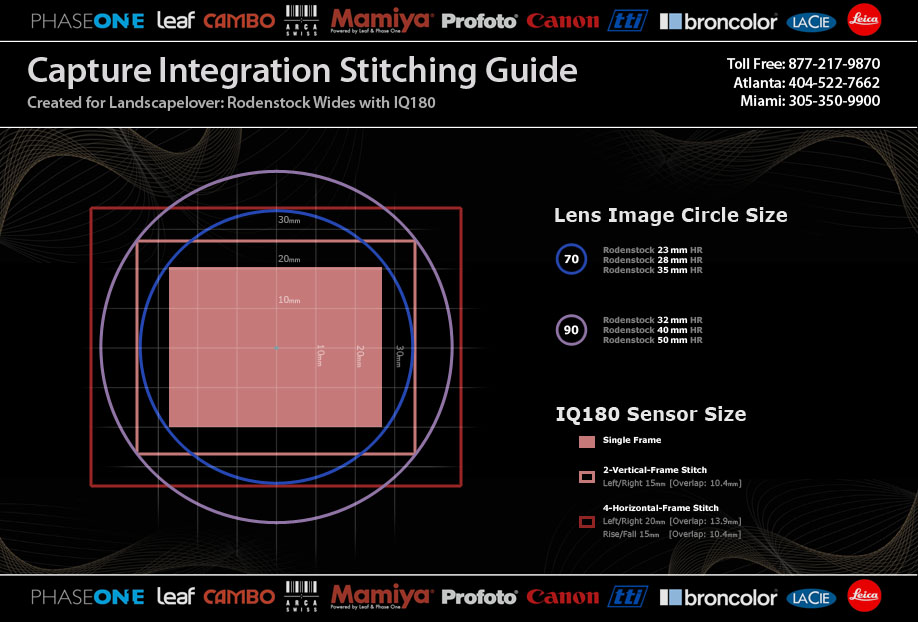What is great about these forums is you can learn about techniques you never would have thought about. I was looking to try and generate a true pano from a shift on a P65+, but most of the lenses seem to range to 8mm to 12mm, with 15mm being the real max. To me, for a pano, I feel that 18mm to 20mm is needed at minimum with the camera in the landscape orientation. Sure you can rotate the back 90 degrees and get 3 portrait oriented frames, and create a huge 2:3 landscape image with a lot of extra resolution, but not a real pano, not with 12mm of shift left and right. Unless you crop into your image and turn it into a 1:3 ratio.
As to the need for rise and fall, I fully understand the needs, but for shifting with 5mm, even 10mm is not enough to me is not enough if you are after a pano especially with the big wides 28mm or 23mm even 32. If I am after a pano I most times will just find nodal (it's doable even on the 28) and pan stitch. I realize as Guy pointed out, the big minus here is you have to be level and many times that just is not going to happen.
Back in 2005 when Zork Made their adapters that allowed a user to place a medium format lens on a 35mm camera, I was an early adopter, here you could get 18mm of full shift and depending on the lens, very little fall off or smearing at the edges. For me 18mm to each side is just beginning to get to a pano. The Zork was great in that you could have the camera in any orientation and still shift only the camera body (with simple mods) thus similar to how the tech camera operates.
These ultra wides from Rodenstock are amazing in how they hold the details to the edge of the frame. But for shifting, the 60mm Schneider is where I really start to push, as on a 60mp Phase you can go to 30mm and use about 90% to 92% of that stitch. The 60mm at 30mm left and 20mm right on Arca is really amazing and begins to look like a pano. You have to use a L bracket like the ones from Really Right Stuff to rotate the Acra so now your rise and fall become your shift.
Paul Caldwell

